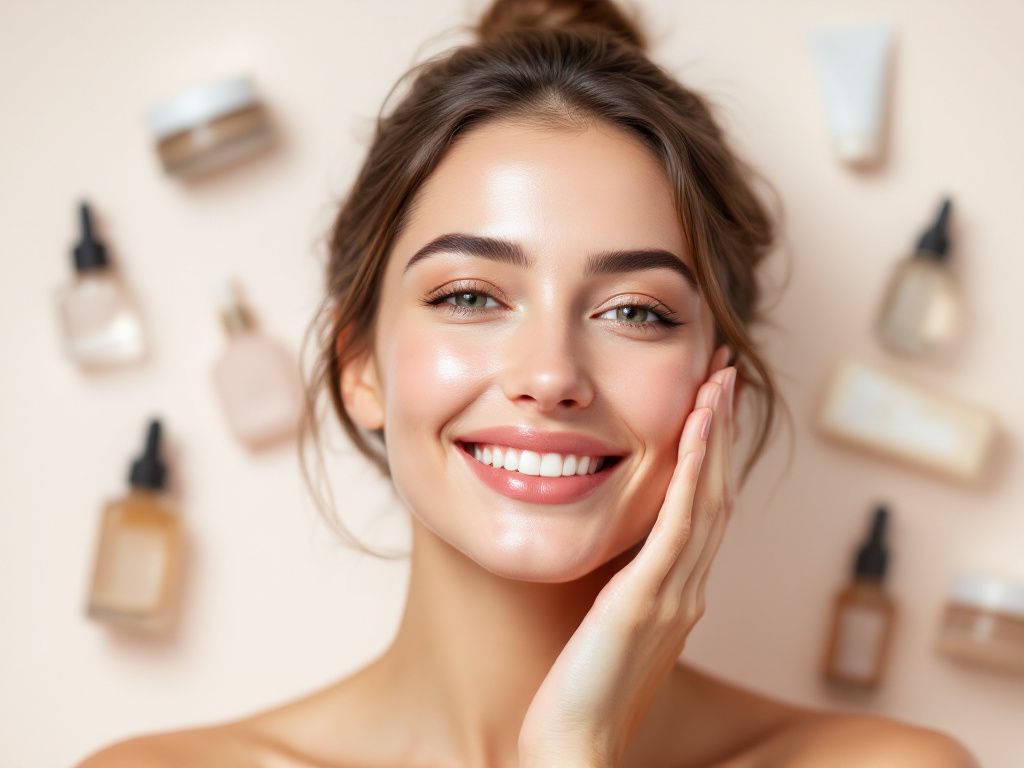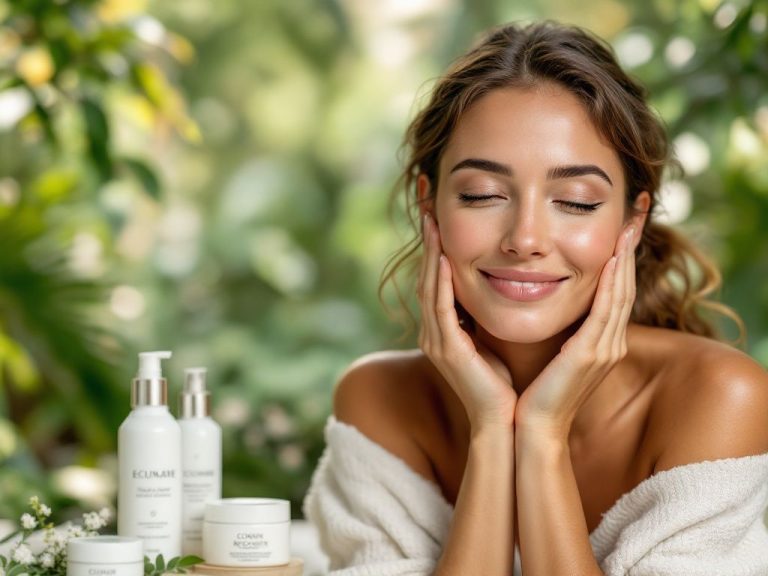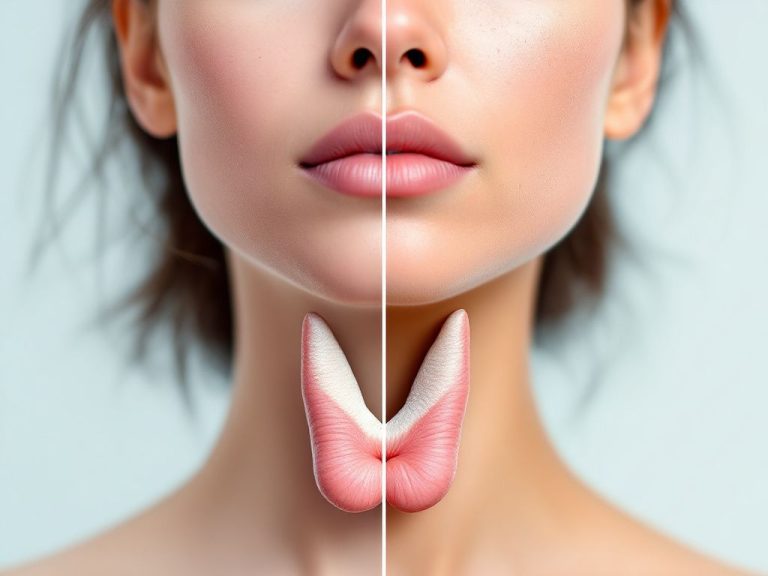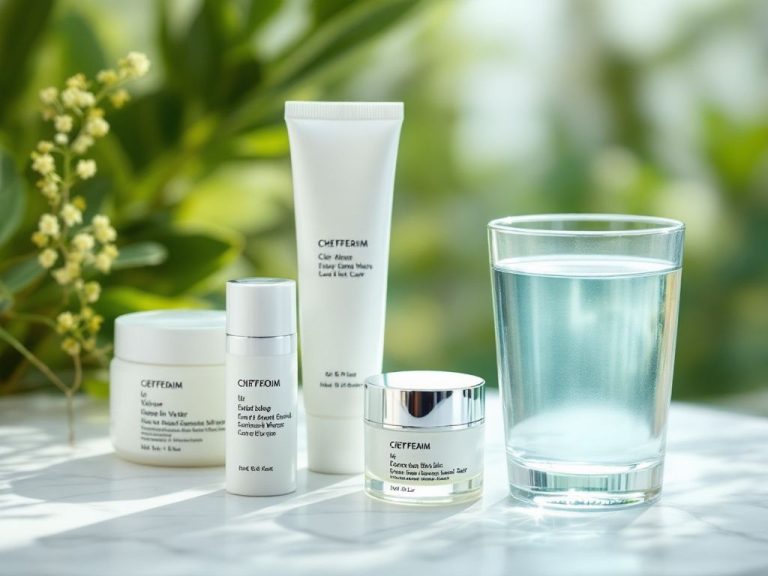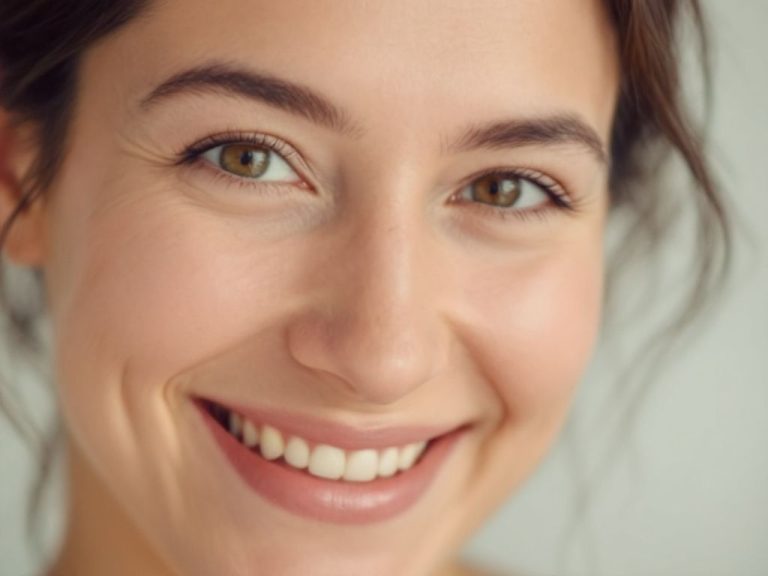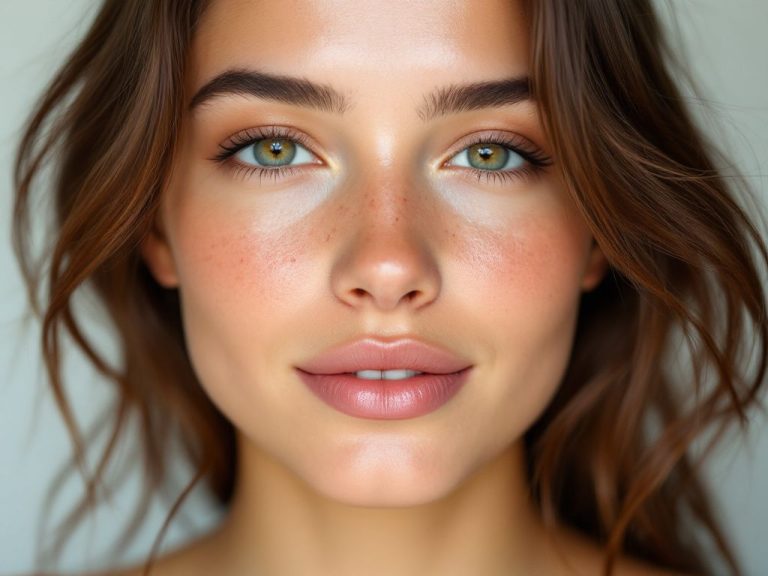Hey there! Let’s dive into something that’s surely been bugging you or someone you know—surface acne. Yep, those pesky little bumps that pop up right on the top layer of your skin. They’re there, unapologetic and often in the worst of spots. Believe me, dealing with them can seem like solving one of life’s big mysteries. So, let’s take a walk through this together and figure out some practical surface acne care solutions. Trust me, the clearer skin is closer than you think.
Table of Contents
ToggleUnderstanding Surface Acne: What Are We Really Dealing With?
So, what is surface acne, really? It’s pretty straightforward—these are the zits and blemishes that settle on the top layer of your skin, also known as the epidermis. They don’t tend to go deep or come with painful cystic torment, but they’re still enough to throw your skin game off balance. They’re often caused by clogged pores—being skin’s way of waving a red flag.
You’ve probably noticed them appear more when life’s a whirlwind—stress, poor diet, or lack of sleep. Yep, told you this frustrater was super relatable! Whether it’s those annoyingly tiny whiteheads or the ruddy redness from super enthusiastic sebum production, the common culprits are usually excess oil, bacteria, or dead skin cells getting all cozy in your pores.
Routine Reminders: Keeping Your Canvas Clean
Alright, let’s get into the nitty-gritty—actionable steps to integrate into your daily routine for optimal surface acne care. The simpler, the better here. We want consistency over overwhelm, after all.
Cleansing: Your First Line of Defense

Always start with a clean slate! Choose a mild, non-comedogenic cleanser to gently wash away the day’s grime. Aim to cleanse twice a day, morning and night. Keep it gentle though; scrubbing away like sandpaper on wood isn’t going to win you any skin awards. For folks with an active lifestyle (sweaty workouts, hello!), cleanse post-sweat sesh too to fend off pore clogs.
Exfoliation: Buff Away Those Bumps
Okay, next up is exfoliation. It’s not a daily grind but shoot for one to three times a week depending on your skin’s chill factor. Seriously, over-exfoliating is a risky game. You want to choose between chemical exfoliants like AHAs/BHAs or a gentle physical scrub—not both unless your skin thrives on chaos. These exfoliants help clear dead skins cells and reveal the fresh, radiant skin beneath. Superficial facial peels could be your best friend here too.
Table: A Quick Look at Exfoliants
| Type | Best For | How It Works |
|---|---|---|
| AHA (Alpha Hydroxy Acids) | Dry, sun-damaged skin | Breaks bonds between dead skin cells |
| BHA (Beta Hydroxy Acids) | Oily, acne-prone skin | Gets right into pores to clear oil |
| Physical Scrubs | All Skin Types (occasional use) | Sloughs off surface flakes with ingredients like sugar or beads |
Moisturization: Hydrate Like Your Skin Depends On It
Never skip moisturizing even if your face feels like an oil slick. Dehydrated skin shouts for more oil. Pick a lightweight, oil-free moisturizer. Think hyaluronic acid or aloe—these will hydrate without causing chaos. Plus, they double in calming down any redness. How cool is that?
Target Treatment: Zaps For Specific Spots

Some nifty overnight spot treatments can truly be a game-changer. Look for over-the-counter options with benzoyl peroxide, sulfur or salicylic acid—they’re not superstars for nothing. They work wonders in minimizing breakouts by battling bacteria or drying up pesky zits. Go spot-treat wisely—just touch on the troublemaker spots, not the whole face fiesta.
Lifestyle Changes: Yup, We’re Going There
Sure, topical treatments are fab, but surface acne care from the inside out absolutely deserves a mention. Think of it as setting your skin up for even greater wins.
Food for Thought
What you eat (or don’t) poses impressions on your skin—your body processes any inflow. Take it easy on the sugary drinks and fatty feastings if you’re spot-heavy. Get your fill of Omega-3 fatty acids from sources like salmon or flaxseed, as they’re soothing skin warriors. You’re not on a purge… just an update.
Stress and Sleep: The Need for Zen
Life handing you stress? Your skin’s keeping tabs. Stress management isn’t just a snazzy health phrase—it’s surface acne solitude. Swap stress habits for some meditation, yoga, or even a quick deep-breath routine. Oh, and get your solid sleep dose. You’re shedding bark (dead skin) during beauty sleep; it’s where cool hormonal regulation occurs.

Common Missteps: Learn From These
We all slip up at times, so realizing what not to do:
- Popping Pimples: You’ve heard it—it’s cathartic, but it’s inviting scars, more bacteria, and setting a dangerous precedent.
- Over-Cleansing: Calm the cleaning jets—a frantic cycle doesn’t help; it harms and strips your face off needed oils.
- Skipping SPF: Listen, SPF isn’t just a beach buddy. Acne treatments bring sensitivity. Slap on broad-spectrum sunscreen daily.
Let’s Wrap Up Our Chit Chat on Clearer Skin
As you glove up to take on this skirmish, remember—to truly triumph, embracing patience is key. Perfect surface acne solutions don’t just happen overnight despite being sold magically in catchy bottles. Revamping your care game takes a dollop of time mixed with consistency.
And if you’ve given it your level-up-u npmost best yet the surface acne sticks around, chat with a dermatologist. It can be worth the badge of profession to unlock advanced methods or prescription routes tailored specifically to your skin widget.
In the end, your skin is your fabulous warehouse or defense, so handle with love and diligence. Give treatment solutions a go in harmony, see how your skin takes to them, and play it natural. I may be typing this out in pro-class font, but hey, you’re in charge—dip into the methods that feel right for your surface acne care.
Now go forth, friend, and own that luminous, even, and healthy glow marred no longer by rogue pores! Happy transforming, and yep, chin up—you’re totally rocking and few weeks down, you’ll feel great knowing the effort paid off. Here’s to clearer horizons and happier skin days ahead! 🌟
Frequently Asked Questions
What are the main types of surface acne and how are they treated?
Surface acne includes comedonal acne, which consists of whiteheads (closed comedones) and blackheads (open comedones). Whiteheads are flesh-colored bumps with closed pores, while blackheads have open pores and appear black due to melanin and air exposure. These can be treated with over-the-counter (OTC) products containing sulfur, salicylic acid, and benzoyl peroxide. For more severe cases, topical retinoids like adapalene or prescription-strength retinoids may be necessary[1][2][3).
What are the most effective OTC treatments for surface acne?
The most effective OTC treatments for surface acne include benzoyl peroxide, salicylic acid, and sulfur. Benzoyl peroxide is particularly effective as it kills bacteria and reduces sebum production. Salicylic acid helps break down blackheads and whiteheads, while sulfur aids in removing dead skin cells and excess oil. These treatments can be applied directly to acne spots or used as a full facial treatment[1][2][4).
How can I prevent scarring from surface acne?
To prevent scarring from surface acne, it is crucial to avoid squeezing or popping pimples, as this can lead to inflammation and scarring. Proper skin care, including using non-comedogenic products and gentle cleansers, is essential. Early and aggressive treatment of acne, especially inflammatory types, can also help prevent scarring. For severe cases, treatments like isotretinoin or corticosteroid injections may be recommended[1][2][4).
What are some additional tips for managing surface acne?
Managing surface acne involves maintaining good skin hygiene, such as washing your face gently with a mild cleanser twice a day and after heavy exercise. Avoid using strong soaps, astringents, or rough scrub pads. Shampoo your hair regularly, especially if you have oily hair, and avoid rubbing or touching skin lesions. Using sunscreen and choosing oil-free, non-comedogenic cosmetics and hair care products can also help[2][3][4).
References
